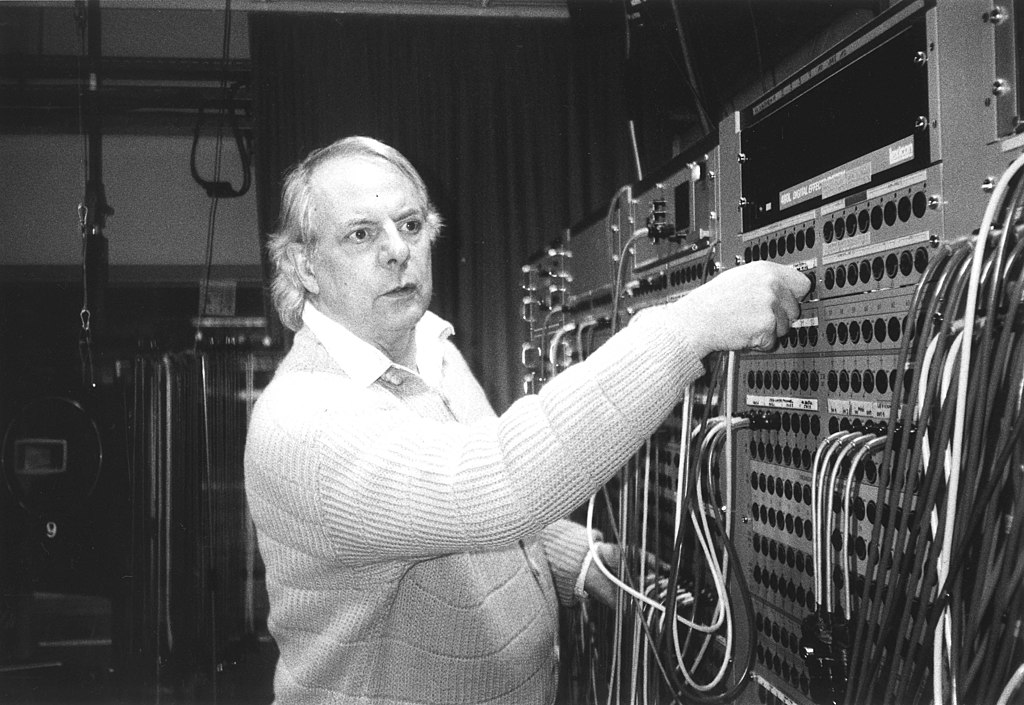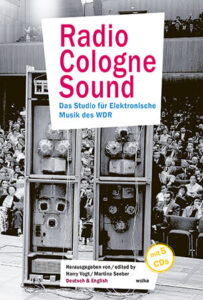Where electronic music radiated
A volume rich in facts and anecdotes with five CDs documents the history of WDR's Studio for Electronic Music.

Heinz Schütz: The name was previously unknown to me. However, he appears prominently in this history of the Electronic Studio of WDR Cologne. Dawn is the title of his short, concentrated tape piece from 1952. At times it even refers to Stockhausen's epoch-making Song of the youths (1955/56). However, Schütz did not see himself as a composer, he was a technician and had worked out a demonstration piece on behalf of studio boss Herbert Eimert. But with a lot of feeling.
This example shows how much creative potential there was in that studio, not only among the composers, but also in the technology. They were all curious and involved in the creative process. Electronic music, still incomprehensible to many listeners at the time, was a terra incognita that was explored as a team. Key works were created there until the studio was closed in 2001. The studio had a charisma that made it legendary - Miles Davis and the Beatles were inspired by it - above all, of course, by Stockhausen himself, who at times rose to the position of director. But there were also other innovations and highly exciting trends.
This becomes clear again and again in this publication, edited by former WDR editor Harry Vogt and radio producer Martina Seeber. It is a formative piece of music history that is documented and reappraised here in essays by various authors. The five enclosed CDs with more than six and a half hours of music are particularly valuable. In addition to the masterpieces, they also contain forgotten or untraceable pieces. From a Swiss perspective, the Dialogs from 1977, in which Thomas Kessler combined European and non-European instruments with electronics. When he arrived there, the recently deceased Kessler explains, Stockhausen had just finished his galactic Sirius had already finished. "I found that more interesting than any technical introduction, because I could imagine that my body could become an intergalactic antenna just by touching a device." The result is a rich compendium, highly informative, easy to read and peppered with delightful anecdotes.
Radio Cologne Sound. Das Studio für Elektronische Musik des WDR, ed. by Harry Vogt and Martina Seeber, 287 p., German/English, ill., with 5 CDs, € 39.00, Wolke, Hofheim 2024, ISBN 978-3-95593-259-6







